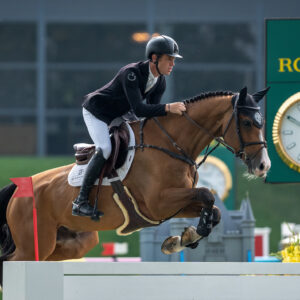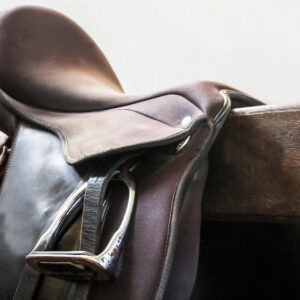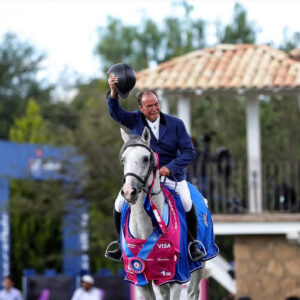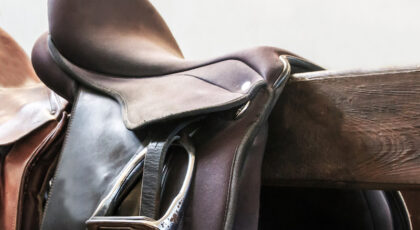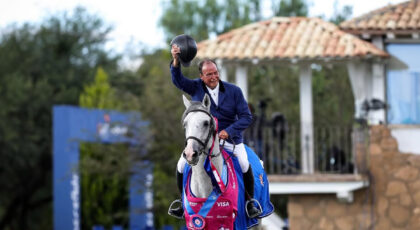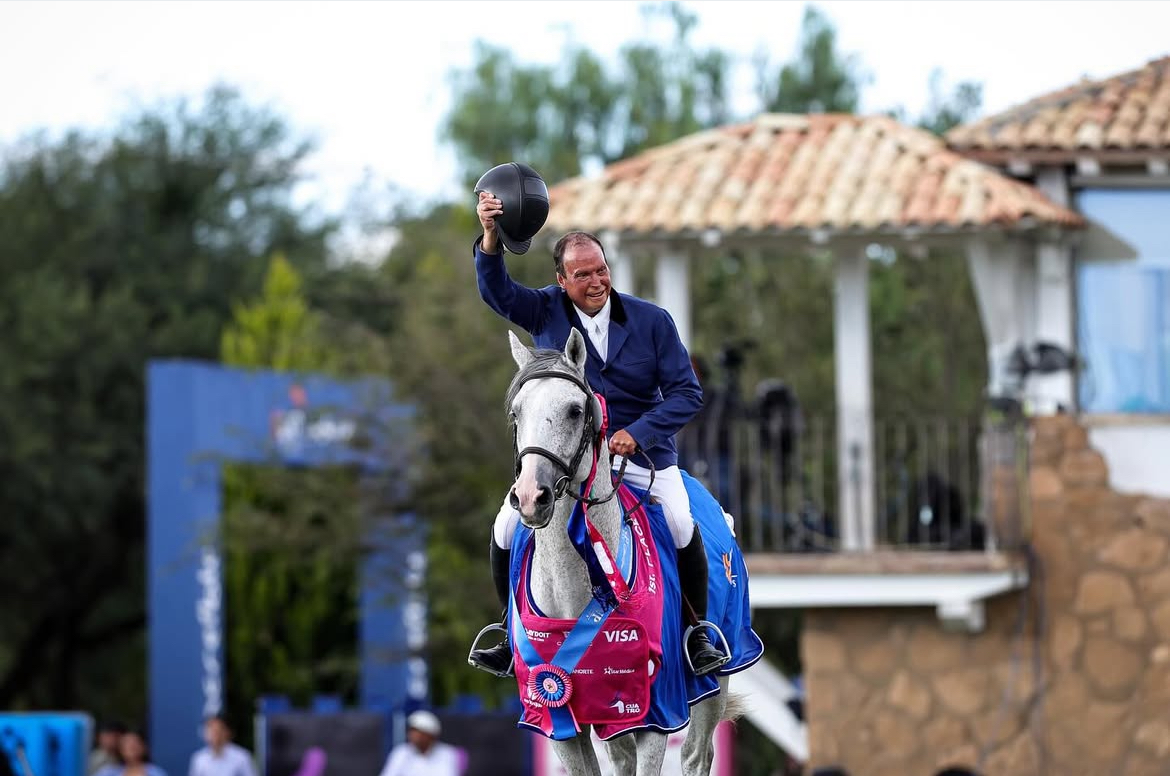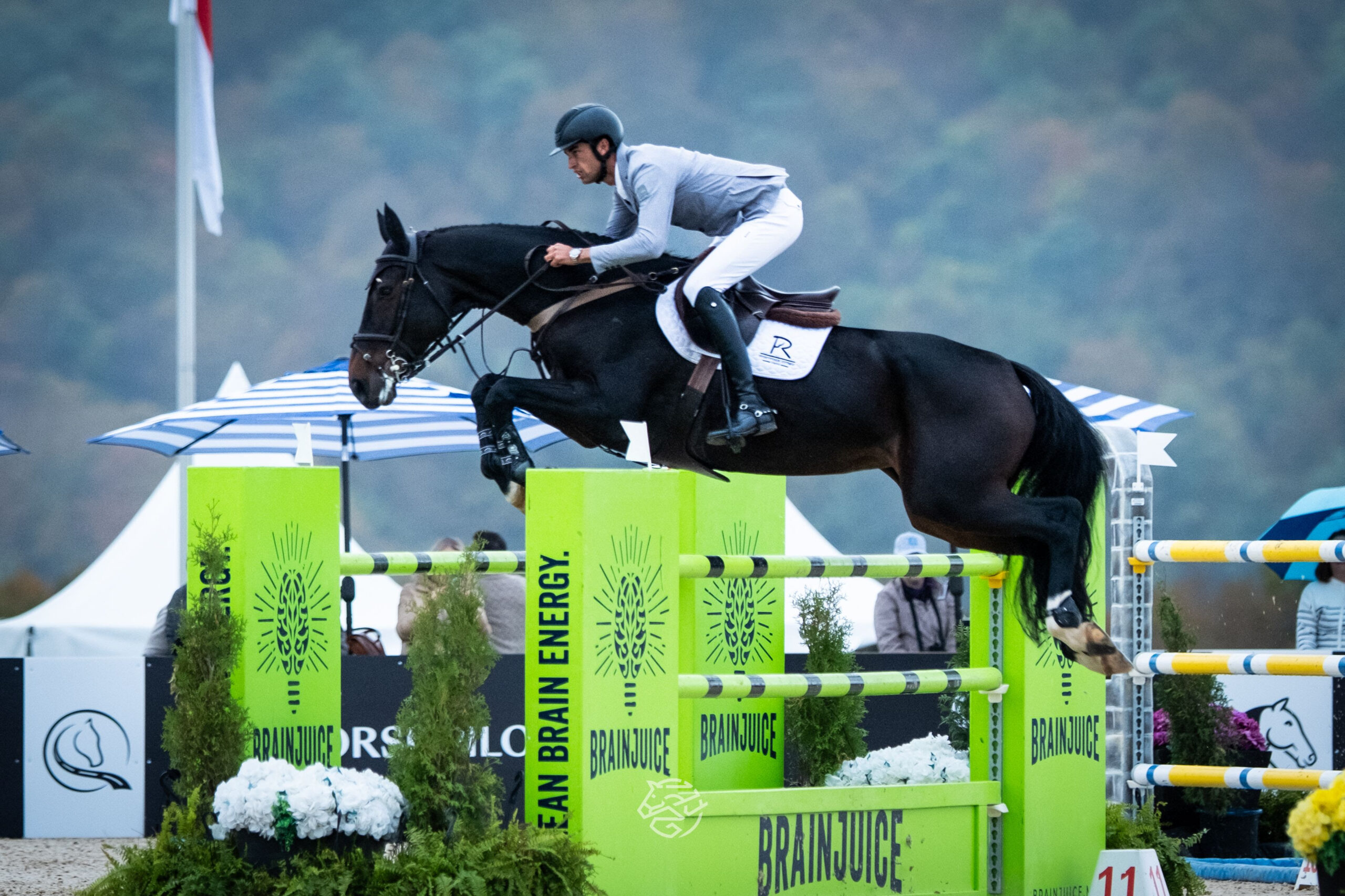I collect a lot of random facts when writing these posts, leaving me with bits and bobs that aren’t long enough to stand alone.
So, this week I present you with two random bits of information, apropos of nothing.
Shavetails
I tripped upon this word when researching Tail Fashions and found it immensely interesting. A shavetail, regarding humans, is a derogatory term meaning a newly commissioned officer or a second lieutenant.
The term comes from the U.S. Army and goes back to when horses and mules were the main sources of transportation. As things often happen quickly in the army the officers needed to know which mules to use for what job.
Having to memorize which mule was named Joe or Bob or Helen and then understanding which tasks Joe, Bob and/or Helen were capable of doing would be difficult and mistakes could easily be made under the pressures of time and war. To combat this issue and in lieu of a picture chart, a system of cutting notches in the mules’ tails was created to denote the level of experience each animal had.
From what I understand, this was done with mules and not horses.
A newly trained or green mule would have the top portion of their tail shaved. Hence, they were known as shavetails, a style that indicated to the officers that this was a mule in training and for the love of all things holy, don’t hitch a wagon to this one.
Naturally, as time passed, and the mule’s experience grew so did the tail. When a shavetail became a competent pack mule a notch was cut into the grown-out tail, and it formed a bell shape.
Once a mule was able to pack equipment and pull a wagon and other such things, another notch was trimmed creating a second bell.
And finally, when a mule was able to pack, pull and be ridden a third bell was notched into the tail and they were known as a three-bell mule.

So, when time was of the essence, each and every officer knew immediately which mule was capable of handling which job. And so, no one got bucked off and no mule was asked to work beyond their capabilities.
Bell Sharp
But then there was the “bell sharp” mule.
Apparently, these highly trained mules not only knew exactly where to line up for their job, but they could also unpack their own packs. Not much is written about the “bell sharps,” but I do know mules are highly intelligent, so it isn’t altogether surprising that they just got on with the job at hand rather than waiting for humans to do the work for them.
There were no distinguishing tail markers for these guys, which is a shame.
And There You Have It
Two completely different things to mule over today.


 August 29, 2023
August 29, 2023 






